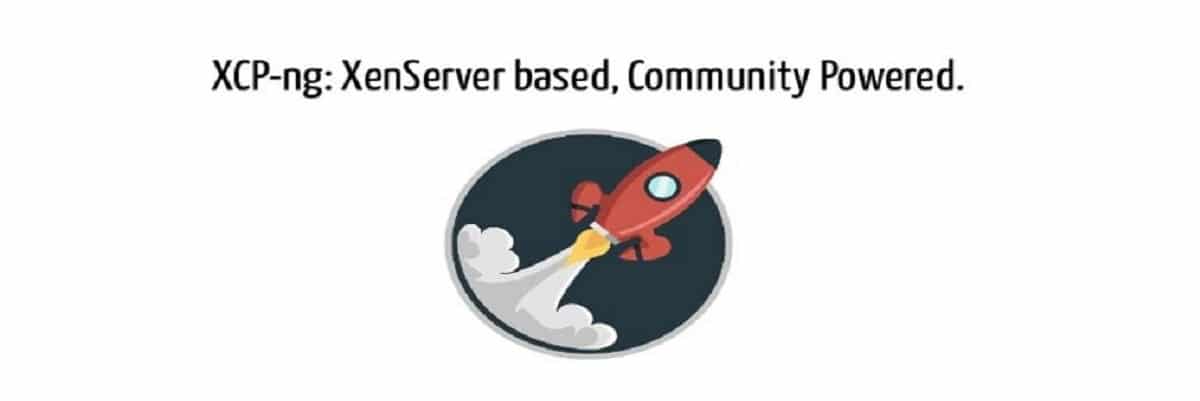
Launch of the new version of the project XCP-NG 8.1, who is developed as a free replacement for the patented platform Citrix Hypervisor (formerly called XenServer) to deploy and manage cloud infrastructure.
XCP-NG recreates functionality that Citrix has excluded of the free Citrix Hypervisor / Xen server since version 7.3. Supports upgrade from Citrix Hypervisor to XCP-ng, provides full Xen Orchestra support and the ability to move virtual machines from Citrix Hypervisor to XCP-ng and vice versa.
The interesting thing about using XCP-NG is that Quickly deploy a server and workstation virtualization system by providing the means to centrally manage an unlimited number of servers and virtual machines.
Among the features of the system the ability to combine multiple servers into a group is highlighted (cluster), high availability tools, support for snapshots, share shares using XenMotion technology.
In addition to that, supports live migration of virtual machines between cluster hosts and between different clusters / individual hosts (which do not have a common storage), as well as live migration of VM disks between stores. The platform can work with a large number of storage systems and is characterized by the presence of a simple and intuitive interface for installation and administration.
What's new in Citrix Hypervisor 8.1?
With the release of the new version not only Citrix Hypervisor 8.1 functionality is recreatedBut also offers some improvements of which it stands out that theInstallation images of the new version are created on the basis of the CentOS 7.5 package using the Xen 4.13 hypervisor, plus added the ability to use an alternate Linux kernel based on the 4.19 branch.
Another of the changes that stands out in this new version, is the one that support for loading guest systems in UEFI mode is stabilized. What was realized is that the secure boot support was not carried over from Citrix Hypervisor, but was built from scratch to avoid intersections with proprietary code.
Also within the novelties, it is highlighted that sand added support for XAPI plugins (XenServer / XCP-ng API) necessary to make backup copies of virtual machines, capturing a portion of the content of their RAM.
Users had the opportunity to restore the VM along with the running context and RAM state at backup time, similar to restoring the system state after coming out of sleep mode (the VM is suspend before backup).
On the other hand, it is highlighted that improvements have been made to the installer, which now offers two installation options: BIOS and UEFI. The former can be used as a backup in systems where UEFI issues are observed (for example, based on AMD Ryzen CPUs). The second uses the alternative Linux kernel (4.19) by default.
Also, developers worked to deliver improved import performance and export of virtual machines in XVA format, as well as also better storage performance.
Of the other changes that stand out in the announcement of this new version are:
- New I / O drivers for Windows have been added.
- Added support for AMD EPYC 7xx2 (P) chips.
- Instead of ntpd, chronic is involved.
- Support for guest systems in PV mode has been deprecated.
- New local stores now use Ext4 FS by default.
- Added experimental support for building local repositories based on XFS FS (installation of sm-additional-drivers package required).
- The experimental module for ZFS has been updated to version 0.8.2.
Finally if you want to know more about it about the changes that were introduced in this new version, you can check the changes in detail In the following link.
Download
For those who are interested in trying this new version, you can find the 600 MB installation image to download In the following link.